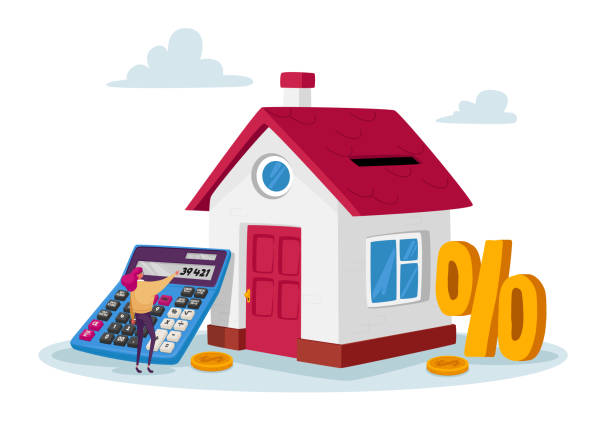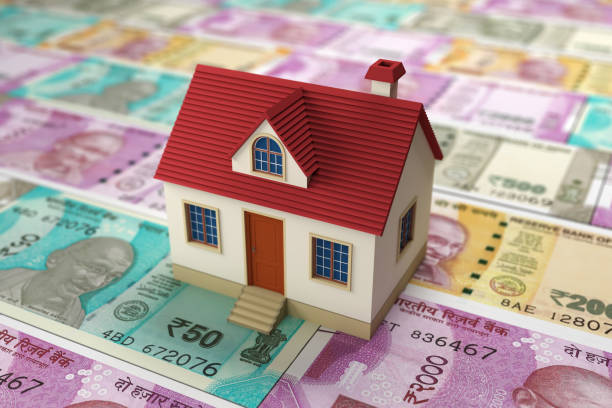Housing Prices Rise In 42 Cities In First Quarter: National Housing Bank
All the eight major metros recorded an increase in the index on an annual basis — Ahmedabad (13.5 per cent), Bengaluru (3.4 per cent), Chennai (12.5 per cent), Delhi (7.5 per cent), Hyderabad (11.5 per cent), Kolkata (6.1 per cent), Mumbai (2.9 per cent) and Pune (3.6 per cent). All the eight major metros recorded an increase in the index on an annual basis — Ahmedabad (13.5 per cent), Bengaluru (3.4 per cent), Chennai (12.5 per cent), Delhi (7.5 per cent), Hyderabad (11.5 per cent), Kolkata (6.1 per cent), Mumbai (2.9 per cent) and Pune (3.6 per cent), National Housing Bank (NHB) Resided said. All the eight major metros recorded an increase in the index on an annual basis — Ahmedabad (13.5 per cent), Bengaluru (3.4 per cent), Chennai (12.5 per cent), Delhi (7.5 per cent), Hyderabad (11.5 per cent), Kolkata (6.1 per cent), Mumbai (2.9 per cent) and Pune (3.6 per cent), National Housing Bank (NHB) Reside said. The annual change in HPI at Assessment Price varied widely across the cities – ranging from an increase of 16.1 per cent (Coimbatore) to a decline of 5.1 per cent (Navi Mumbai). The housing Price Index (HPI) tracks the movement in prices of residential properties in select 50 cities on a quarterly basis with FY 2017-18 as the base year.The 50-city HPI at Market Price for under-construction properties computed using the quoted prices for under-construction and ready-to-move unsold properties, also recorded an annual increase (year-on-year) of 5.7 per cent in the quarter ended June 2022 against 1.9 per cent a year ago, backed by the rising cost of building materials. The annual variation in HPI at Market Price ranged from an increase of 28.6 per cent (Bhubaneshwar) to a contraction of 13.2 per cent (Indore), it said, adding, that the uptick in the asking prices for properties is indicative of continued demand and the rising cost of construction. Observing that the overall increase in composite HPI at Assessment Price and HPI at Market Price is an indication of reviving the housing finance sector, it noted. A stable-to-moderate increase in HPI also offers confidence to both homeowners as well as home loan financiers in terms of the retained value of the asset.





